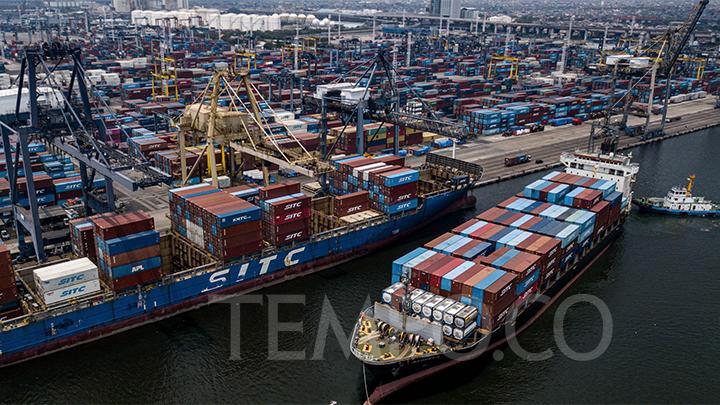Acknowledging the Profession's Financing Role in Climate Adaptation Programs
Editor
2 December 2023 15:00 WIB

By: Ari Mochamad and Billy Verian Salim
Now, Indonesia is home to numerous government and non-governmental organizations' climate change adaptation initiatives. Even though most activities have a modest scope, focus, and selection of interventions, they nevertheless promote effective learning and can be fully realized with careful and efficient management.
The ability to recognize the ways in which ecosystems and communities are sensitive to both climatic variability and change, as well as the internal and external factors influencing these vulnerabilities, is essential for the design, implementation, and evaluation of policies and programs aimed at adapting to climate change.
Understanding how ecosystems and communities are vulnerable to climate variability and change, as well as the internal and external factors influencing them, is essential for developing, implementing, and assessing policies and programs aimed at adapting to climate change.
Policies for adaptation must simultaneously work to lessen the vulnerability of ecological and social systems because environmental factors have an impact on how well ecosystem services function and how vulnerable a community is.
At the local and national scales, the application of tools and methods enables interaction with stakeholders, which is essential in assessing vulnerability and adaptation planning. This can also involve local knowledge stakeholders who have a deep understanding of the local context for vulnerability assessment.
The climate change adaptation action cycle, both at the sectoral and regional levels, starts with; first, identifying and studying vulnerability and adaptation options. Second, integrating them into development planning (including cost and benefit analysis), which includes preparing technical/operational instruments. Third, implementing adaptation projects and activities, encompassing both structural and non-structural measures. Fourth, monitoring and evaluation, which assesses the effectiveness of the adaptation actions taken.
The adaptation process is an iterative one that never ends, as conditions and risks continually change. As a result, the adaptation planning process is recurring, with issues, decision-making criteria, vulnerability assessments, risk assessments, and adaptation options continually refined. Each phase may consist of several iterative steps, allowing decision-makers and other stakeholders to screen, evaluate, and prioritize vulnerabilities, risks, and next steps, learning from each other before moving to more detailed assessments and options.
Adaptation option selection is necessary to fill the gap in identifying the strategies required to avoid maladaptation or incorrect actions that may potentially cause greater harm. Specific adaptation assessments address the specific adaptation needs. Adaptation options should also consider their funding aspects. Besides conveying the technical and methodological adaptation needs, the structure of funding mechanisms, whether public or private financial institutions, becomes crucial to offer realistic solutions.
Private Sector Position
In recent times, there has been a significant shift in the focus of the private sector towards Environmental, Social, and Governance (ESG) principles, with the aim of integrating them into their supply chains. This transformation requires a long-term commitment from companies to engage stakeholders and develop sustainability in their operations. Embedding ESG in the supply chain is not just a short-term trend but a strategic approach to build resilience and ensure environmental and social sustainability in the years to come.
The central role of the private sector in climate change adaptation goes beyond financial support. Private businesses have the capacity to invest in and implement climate-resilient technologies and infrastructure, including renewable energy projects, sustainable farming practices, and disaster risk reduction initiatives. Collaboration with local communities and governments enables them to lead adaptation projects that strengthen environmental and social resilience simultaneously. The involvement of the private sector can result in significant economic benefits while making substantial contributions to climate resilience efforts.
To strengthen climate change adaptation, the private sector and both public and private financial institutions must establish specific financing mechanisms. These mechanisms can include the creation of special climate resilience funds, providing low-interest loans for adaptation projects, and formulating risk-sharing agreements to encourage investment in climate-vulnerable regions. Close cooperation between financial institutions, governments, and international organizations is crucial to efficiently allocate climate financing resources to the most vulnerable communities. Additionally, these institutions should prioritize transparency and accountability in climate financing allocation, ensuring that adaptation efforts achieve maximum impact. Through their contributions and support for climate-resilient projects, the private sector and financial institutions collectively play a central role in addressing the multifaceted challenges posed by climate change.
*) DISCLAIMER
Articles published in the “Your Views & Stories” section of en.tempo.co website are personal opinions written by third parties, and cannot be related or attributed to en.tempo.co’s official stance.























